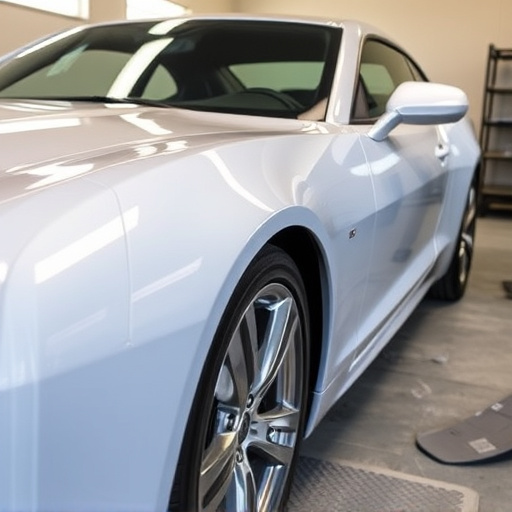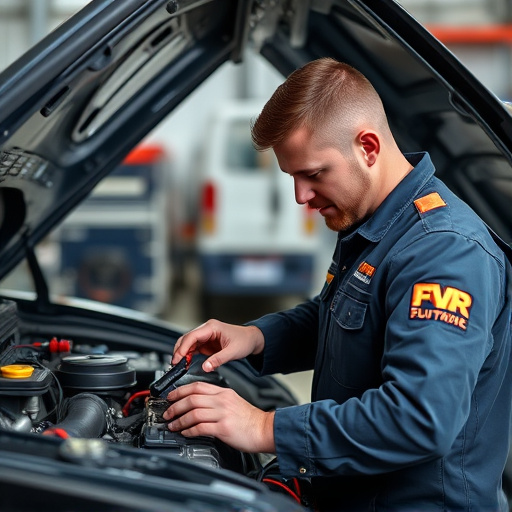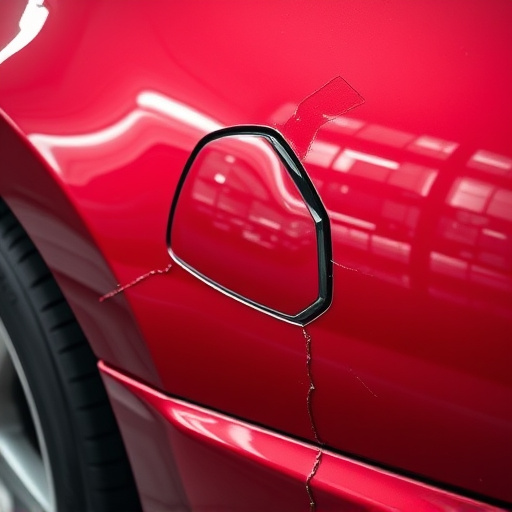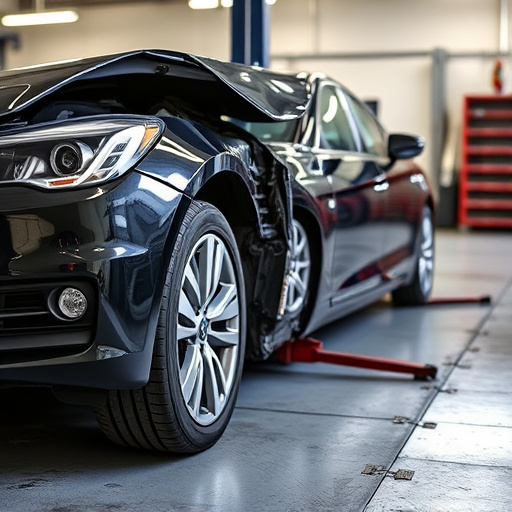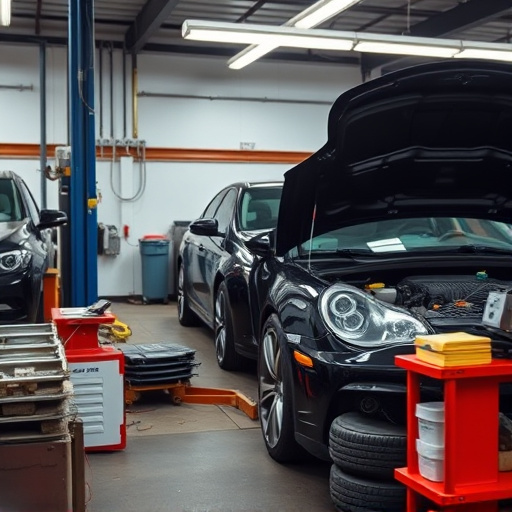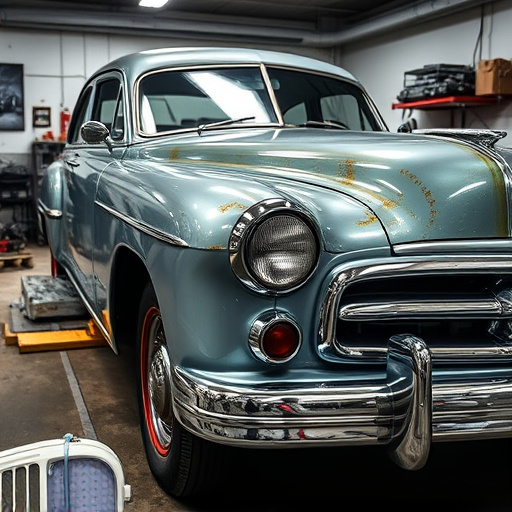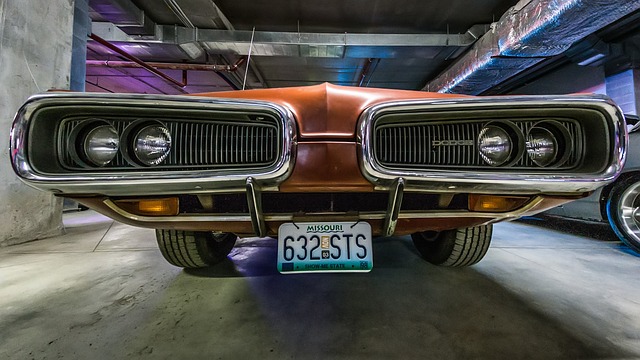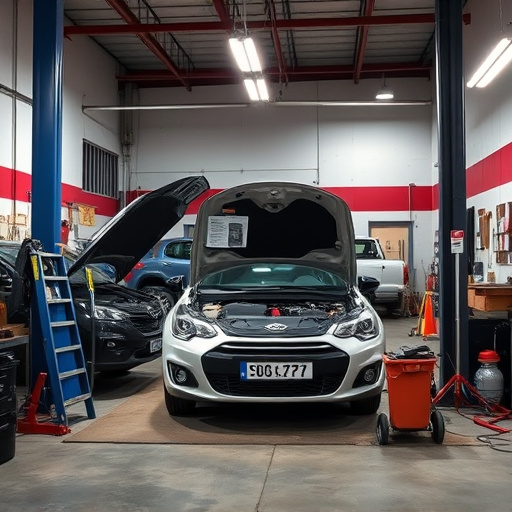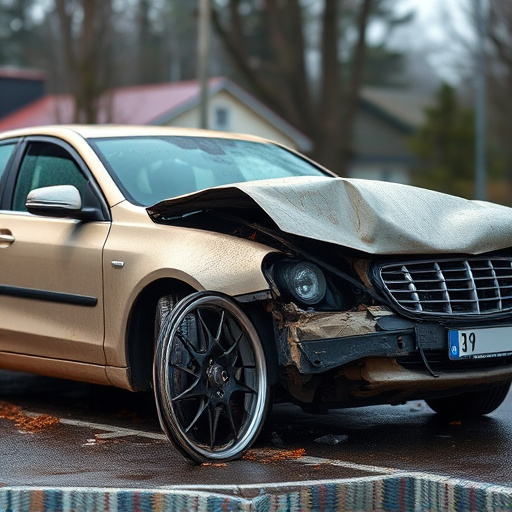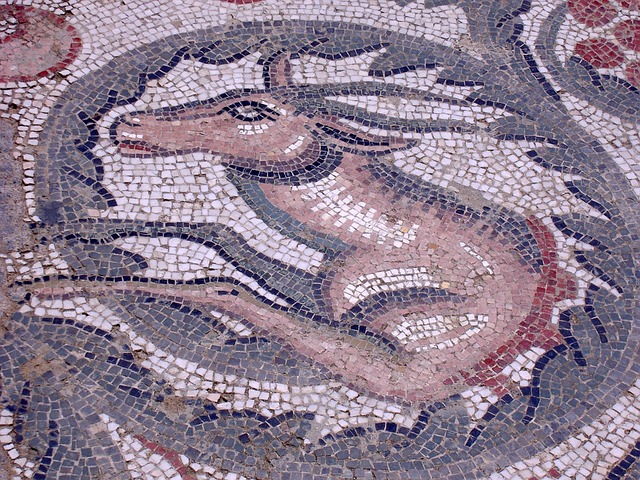A paint repair warranty acts as a safety net for car owners post-collision damage repairs, covering defects in materials or workmanship for a specified period. It's crucial for maintaining vehicles' original condition and offers peace of mind against future paint issues arising from initial accidents. However, these warranties have limitations, excluding normal wear and tear, and coverage varies; proper vehicle maintenance practices complement their benefits.
After a collision, choosing the right warranty for your vehicle’s paint repairs is crucial. This article guides you through the essentials of paint repair warranties, helping you understand when they’re necessary. We’ll explore the benefits and limitations of post-collision coverage, ensuring you make an informed decision. Learn about the basics, know when to opt for this protection, and discover how it can safeguard your vehicle’s finish, saving you from costly future repairs.
- Understanding Paint Repair Warranty Basics
- When is a Paint Repair Warranty Necessary?
- Benefits and Limitations of Post-Collision Coverage
Understanding Paint Repair Warranty Basics

A paint repair warranty is a crucial safety net for car owners post collision damage repair. Unlike auto glass repair or other fixings that might be explicitly covered under standard insurance policies, paint repairs are often left out. This leaves the onus on car owners to understand when and how to avail of a paint repair warranty.
The basics of these warranties involve ensuring the quality and longevity of the auto painting work done. They typically cover defects in materials or workmanship for a specified period after the repair is completed. It’s essential to read the terms and conditions carefully, as they often outline what constitutes a valid claim, such as blisters, bubbles, or peeling paint, usually caused by factors like poor preparation, substandard materials, or environmental issues like extreme temperatures or UV exposure.
When is a Paint Repair Warranty Necessary?
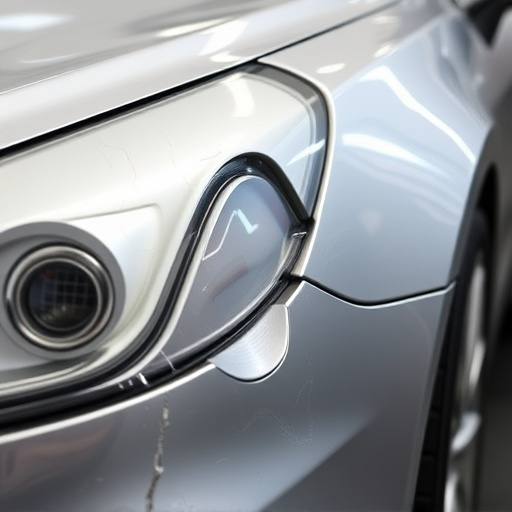
In many cases, collision repairs involve more than just fixing dents or replacing parts; they often necessitate intricate work on a vehicle’s paint job to ensure it looks as good as new. This is where a paint repair warranty comes into play. While routine maintenance and minor scratches can typically be handled by the owner, a paint repair warranty becomes necessary when dealing with significant cosmetic issues, such as extensive hail damage or major accidents that have left visible imperfections on the vehicle’s exterior.
A paint repair warranty ensures that if any issues arise related to the painting process—like uneven shading, poor blending, or blistering—the consumer is protected. This is particularly important for those who invest in comprehensive car restoration services, aiming to bring their vehicles back to their original, pristine condition. With a warranty, owners can have peace of mind, knowing that any future problems with the paint job will be addressed without additional costs, ensuring the vehicle retains its value and aesthetic appeal over time.
Benefits and Limitations of Post-Collision Coverage
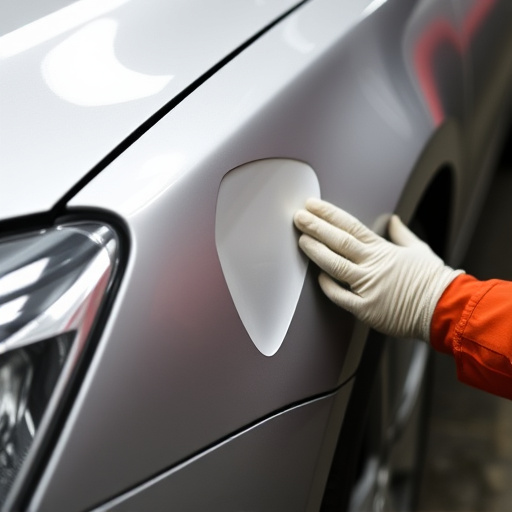
Post-collision coverage, often in the form of a paint repair warranty, offers several benefits to vehicle owners. Firstly, it provides peace of mind, knowing that any future paint issues arising from the initial collision will be covered. This is especially valuable for minor dings and scratches that can accumulate over time, impacting the car’s overall appearance. Moreover, these warranties can help maintain the vehicle’s resale value by ensuring a like-new finish.
However, there are limitations to consider. Paint repair warranties typically exclude damage from normal wear and tear or incidents not related to the initial collision. Additionally, the coverage might vary between providers, with some offering more comprehensive protection than others. Collision damage repair centers often provide these warranties as an add-on service, but it’s crucial for owners to understand the terms and conditions before agreeing to any additional costs. Also, while a paint repair warranty is beneficial, it shouldn’t replace proper vehicle maintenance and care, including regular washing and waxing to protect the paint job.
A paint repair warranty can be a valuable addition to your collision repair plan, offering peace of mind and ensuring long-lasting results. Understanding when to utilize this post-collision coverage is key. Whether it’s for minor touch-ups or more extensive work, knowing the benefits and limitations will help you make an informed decision. By considering a paint repair warranty, you can protect your vehicle’s finish, maintain its value, and enjoy the aesthetic appeal of flawless repairs that stand the test of time.
